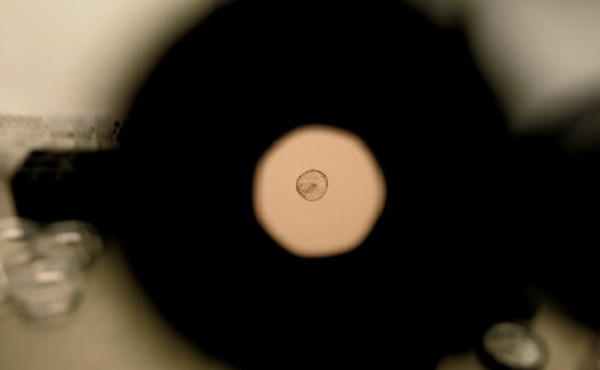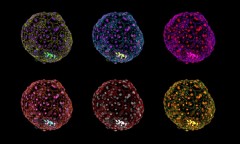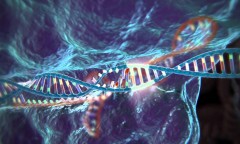By Jamie Starr, | September 14, 2016

human embryo
Breakthrough research conducted at the University of Bath shows that it is possible for male same-sex couples to conceive offspring. The research findings indicate that there is a possibility to make a baby with just the DNA of two male partners.
It has long been believed that an egg from a female is needed to initiate the required changes in male sperm, as an egg is formed due to a special kind of division of cells. The division of cells allows exactly half the number of chromosomes to be carried over in an embryo. However, the researchers have been able to create an embryo using cells similar to skin cells, the BBC reported.
Like Us on Facebook
"This is the first time that anyone has been able to show that anything other than an egg can combine with sperm in this way to give rise to offspring, " Dr. Tony Perry, an embryologist and senior author of the study told the British website.
The researchers at the University of Bath were successfully able to initiate the birth of healthy baby mice by "tricking" sperm into believing conception took place with the fertilization of normal eggs. The research, which has been published in the journal Nature Communications, claims that in the future women could be removed from the process of conception.
For now, scientists are using the data from the study to study fertilization. According to the journal, scientists began the research with unfertilized eggs and used certain chemicals to transform the eggs into pseudo-embryos.
The researchers claim that the "pseudo-embryo" has much in common with normal body cells such as skin cells which can divide and control DNA. Scientists injected sperm into the pseudo-embryos resulting in the birth of healthy baby mice.
It was therefore reasoned that the pseudo-embryos could produce the same result in humans using cells that are not derived from eggs. However, the scientists stated that the chance of conception with a "pseudo-embryo" was one in four.
-
Use of Coronavirus Pandemic Drones Raises Privacy Concerns: Drones Spread Fear, Local Officials Say

-
Coronavirus Hampers The Delivery Of Lockheed Martin F-35 Stealth Fighters For 2020

-
Instagram Speeds Up Plans to Add Account Memorialization Feature Due to COVID-19 Deaths

-
NASA: Perseverance Plans to Bring 'Mars Rock' to Earth in 2031

-
600 Dead And 3,000 In The Hospital as Iranians Believed Drinking High-Concentrations of Alcohol Can Cure The Coronavirus

-
600 Dead And 3,000 In The Hospital as Iranians Believed Drinking High-Concentrations of Alcohol Can Cure The Coronavirus

-
COVID-19: Doctors, Nurses Use Virtual Reality to Learn New Skills in Treating Coronavirus Patients










